India’s ‘Saunf King’ Grows 25 Tonnes of Fennel on 15 Acres While Also Saving Water
Ishaq Ali a resident of Sirohi district in Rajasthan, is also called the 'Saunf King' for the work he has put in to finding better ways of growing fennel. He also has a variety of fennel named after him all of which earns him Rs 30 lakhs per annum.

It’s never easy to be the harbinger of change and for Ishaq Ali (49), a farmer from Sirohi district in Rajasthan, it was no different. Today, after almost three decades of consistent hard work, Ishaq has earned himself the title of ‘Saunf King’ and along with other farmers who work on his field, he is responsible for the production of more than 25 tonnes of fennel or saunf on 15 acres, earning close to Rs 30 lakhs each year.
Hailing from an agricultural family, Ishaq grew up knowing that he would also be involved in the same. After he completed his class 12 examination he expressed an interest in working with his father and grandfather on the field. “For the longest time my family was involved in the cultivation of commercial crops like cotton, mustard, and wheat. While I began with doing that, I wanted to try something different and would constantly have conversations with my father about the same,” he tells The Better India.
The idea of cultivating fennel, while not new, was something that Ishaq felt he could bring back.
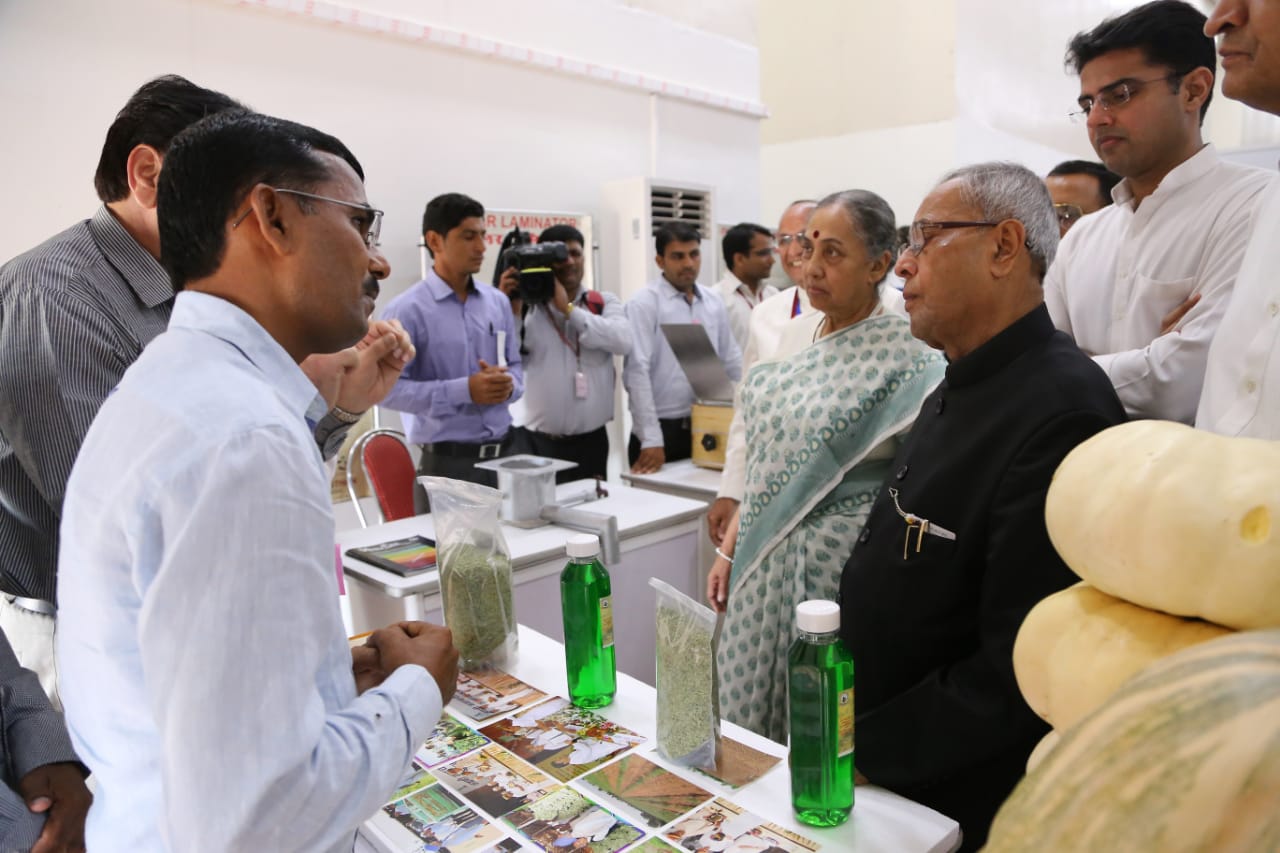
“Almost 50 years ago, a handful of farmers in the Sirohi district of Rajasthan did try and grow fennel in very small quantities. However, since they did not get any great success with it, they chose to go back to traditional crops,” he says. He mentions here that the technique that the farmers used was of direct sowing.
Some of the disadvantages that Ishaq found in the older method of growing fennel included the excessive use of seeds because of the direct sowing method and also lack of any value addition to the production and distribution of fennel. Ishaq says, “I knew that fennel is a crop that had great demand in the export markets and I wanted to work towards tapping into that.”
2005 – a new dawn
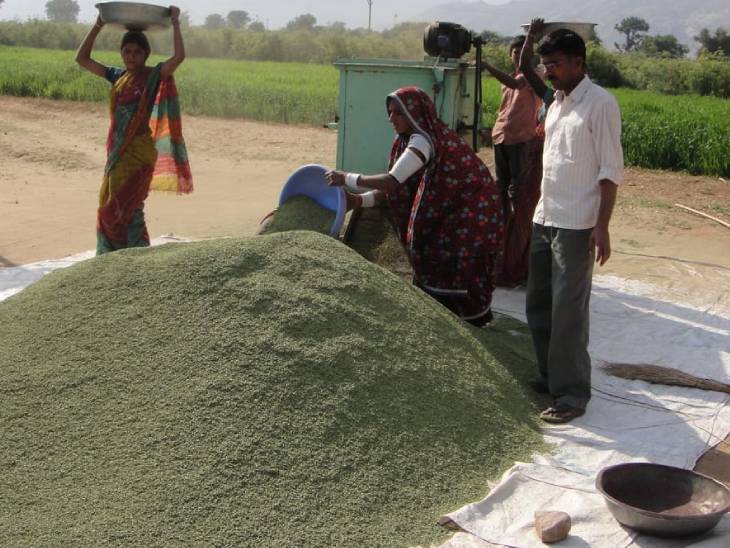
It was in 2005 when after a lot of discussions and deliberations with his family members, Ishaq embarked upon the cultivation of fennel with newer techniques. “All we did was spend time researching good practices like changing the seed quality and paying attention to the sowing and irrigation procedure. The new technology also helped in curbing the pest problem and that in turn led to an increase in the per acre production of fennel,” he says.
Speaking about some of the techniques, he says, “Usually, in the traditional method of fennel cultivation, the gap between the beds range from 2 to 3 feet. This is something that we changed. We now follow a gap of almost 7 feet between every bed. In terms of the yield, we found that this technique was yielding almost double.” He also mentions here how he was often ridiculed for trying these new techniques and it was only when he started seeing better yields that people around him took note.
In about two years after starting fennel cultivation, in 2007, when Ishaq decided to completely give up on the traditional farming method. “Since then we have only been working on fennel cultivation on our fields,” he says. There are now close to 50 people who work on the fields every day.
Seed – beginning of everything
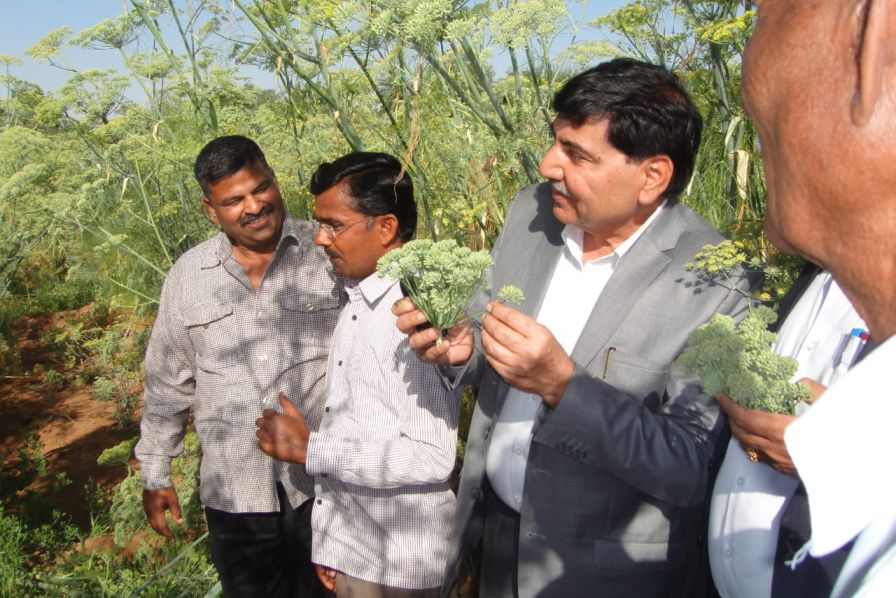
“For any farmer, the seed is the most important tool while farming. Just like how the seeds of brinjal and chilli are prepared, we used the same technique for fennel as well. We went back to the fennel crops that were traditionally grown by our forefathers and through the process of selection, we picked the good ones out,” he says. He adds that they looked for the ones with good character and the probability of high-yielding seeds.
Moreover, Ishaq also set up a fennel nursery where he experimented with various kinds of the crops.
In fact, he is also credited with having prepared a new variety of fennel called ‘Abu Fennel 440.’
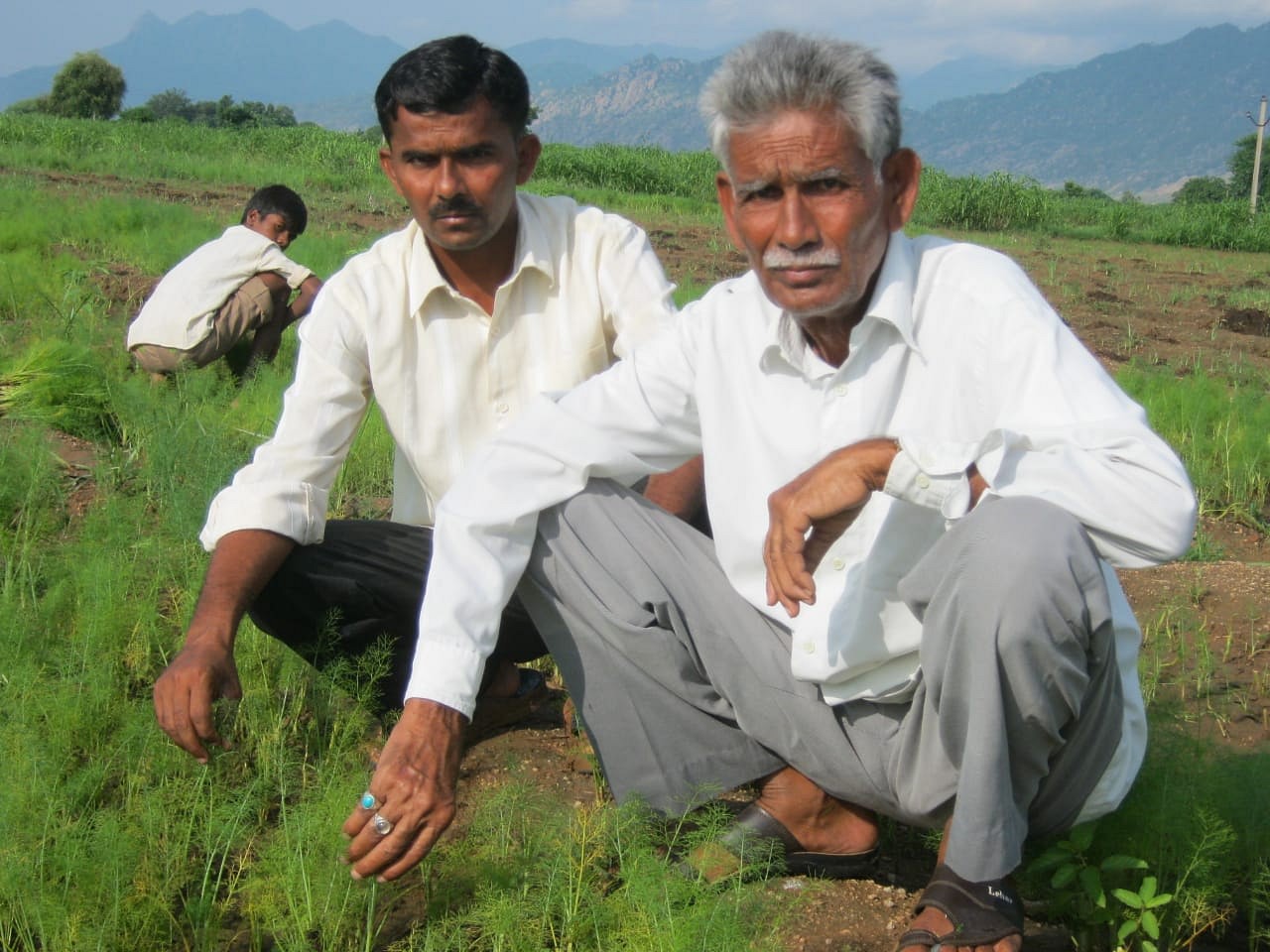
“Any crop that is transplanted starts to yield better returns and following this we continued the process year-on-year,” he says.
With the water table decreasing rapidly in Rajasthan, addressing the water concerns was also important for farmers like Ishaq and he says, “The newer water saving techniques like drip irrigation and usage of water sprinklers were not prevalent when we started out and therefore we had to find other means of conserving water.”
In an attempt to conserve water the gap between each bed was increased and this also helped in bringing down the problem of pest infestation to a large extent.
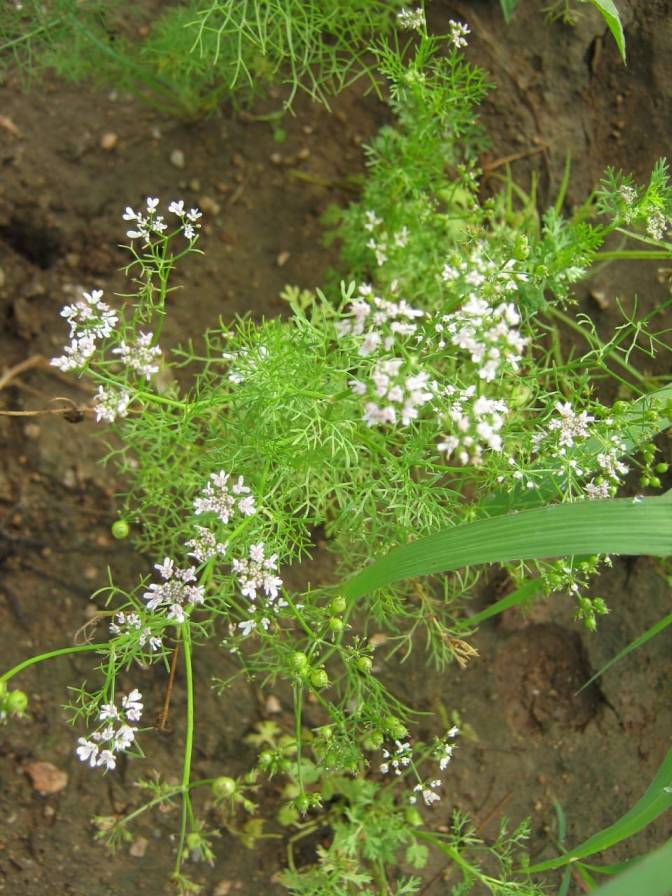
With time, Ishaq also realised that fennel requires irrigation only during the first sowing period, then after an interval of eight days and then on the 33rd day. This should be followed by irrigation at an interval of 12 to 15 days. “These are things that we learnt by doing and as they say — necessity is the mother of all innovations. We learnt by trial and error,” he says.
With a glimmer of pride, he tells me that even the various agricultural research centres only have seeds which give an yield of about 22 quintals per hectare whereas the seeds being used by Ishaq give an yield of almost 33 quintals per hectare. “The seeds we use also have greater immunity to fight off pests,” he says.
Life cycle of fennel

The crop cycle period that Ishaq follows is for about eight months beginning in June, when the seeds are prepared in the nursery. This process takes about 45 days from the date it is started. Coinciding with the monsoons in August, the seed is transplanted into the fields. In about 10 days, the transplant process is complete, which is then followed by the harvesting period after four months.
Come January, the harvesting period begins and continues until almost mid-April. “The reason why the harvesting period takes so long is because of how labour intensive this process is,” says Ishaq. This is done to ensure that the quality of the fennel remains constant. “From the colour to the line appearing on the fennel, every aspect is looked into before it is picked,” he says.
While earlier the fennel would be sun-dried, Ishaq realised that it’s quality was getting impacted by the direct sunlight and therefore he created a dry-shade area where the fennel is now dried. “We created a structure using bamboo and grass and ensured that the area got just enough sunlight,” he says. This process helped retain its green colour and protected it from unnecessary moisture creeping in as well.
The cost for the first quality fennel is Rs 200/kg and Rs 150/kg for the second quality grade. With an investment of Rs 7 lakhs every year, Ishaq tells me that now they are able to make close to Rs 30 lakhs turnover each year and sell close to 23 tonnes of fennel annually. “My children have also graduated and are taking a keen interest in the business now. They wish to expand it and take it directly to the customers,” he says.
The recipient of the Jagjivan Ram Abhinav Puraskar by the The Indian Council of Agricultural Research (ICAR) in 2010, Ishaq says that the future looks exciting with his children showing interest in the work.
(Edited by Yoshita Rao)
If you found our stories insightful, informative, or even just enjoyable, we invite you to consider making a voluntary payment to support the work we do at The Better India. Your contribution helps us continue producing quality content that educates, inspires, and drives positive change.
Choose one of the payment options below for your contribution-
By paying for the stories you value, you directly contribute to sustaining our efforts focused on making a difference in the world. Together, let’s ensure that impactful stories continue to be told and shared, enriching lives and communities alike.
Thank you for your support. Here are some frequently asked questions you might find helpful to know why you are contributing?


This story made me
-
97
-
121
-
89
-
167











